At a factory in France belonging to the aerospace corporation Airbus a 6,200 kg spacecraft has completed its assembly and testing and is now being packed up for shipment to its launch facility. The space probe is the European Space Agency’s (ESA) Jupiter Icy Moons Explorer or JUICE, which is scheduled to liftoff aboard an Ariane 5 rocket from the ESA’s Kourou launch complex in French Guiana this April.
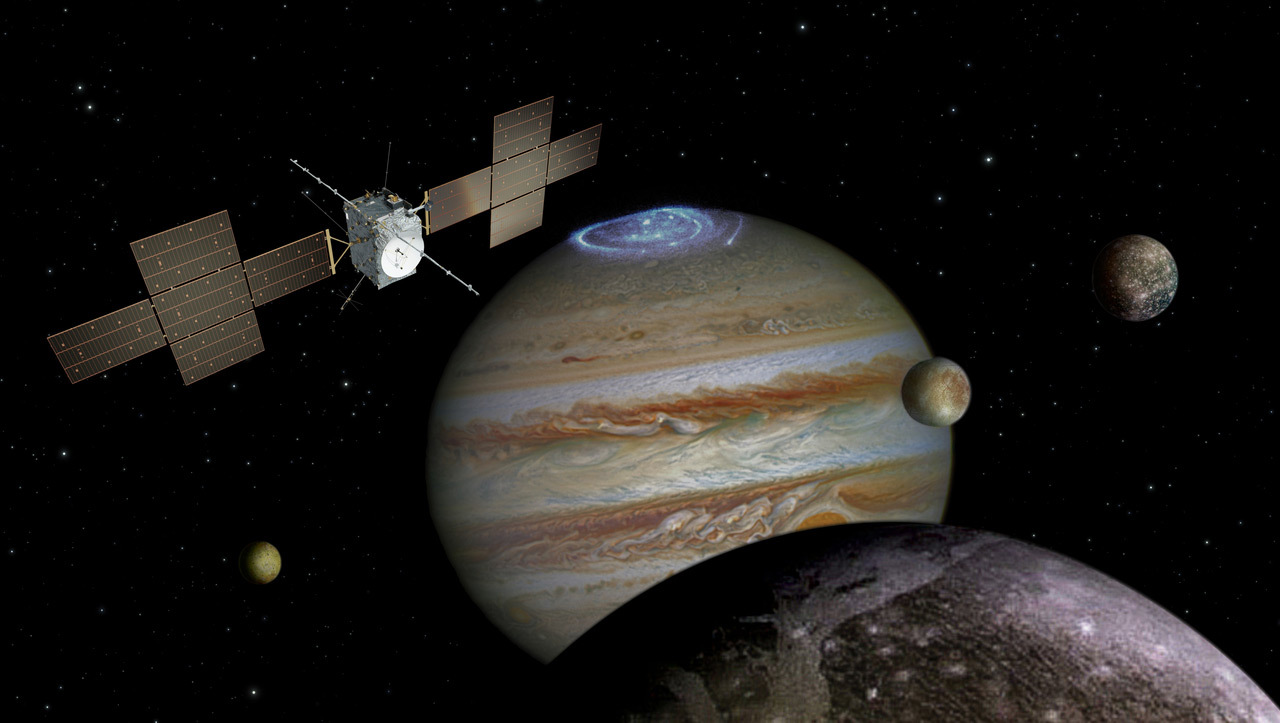
The JUICE spaceprobe is Europe’s first robotic mission to the outer solar system. Indeed it will be the first non-NASA spacecraft to go beyond the orbit of Mars. Because of the immense distances and energy needed to reach the Sun’s outer worlds JUICE’s journey to Jupiter will take eight years and require several gravity boosting flybys of both Venus and the Earth.
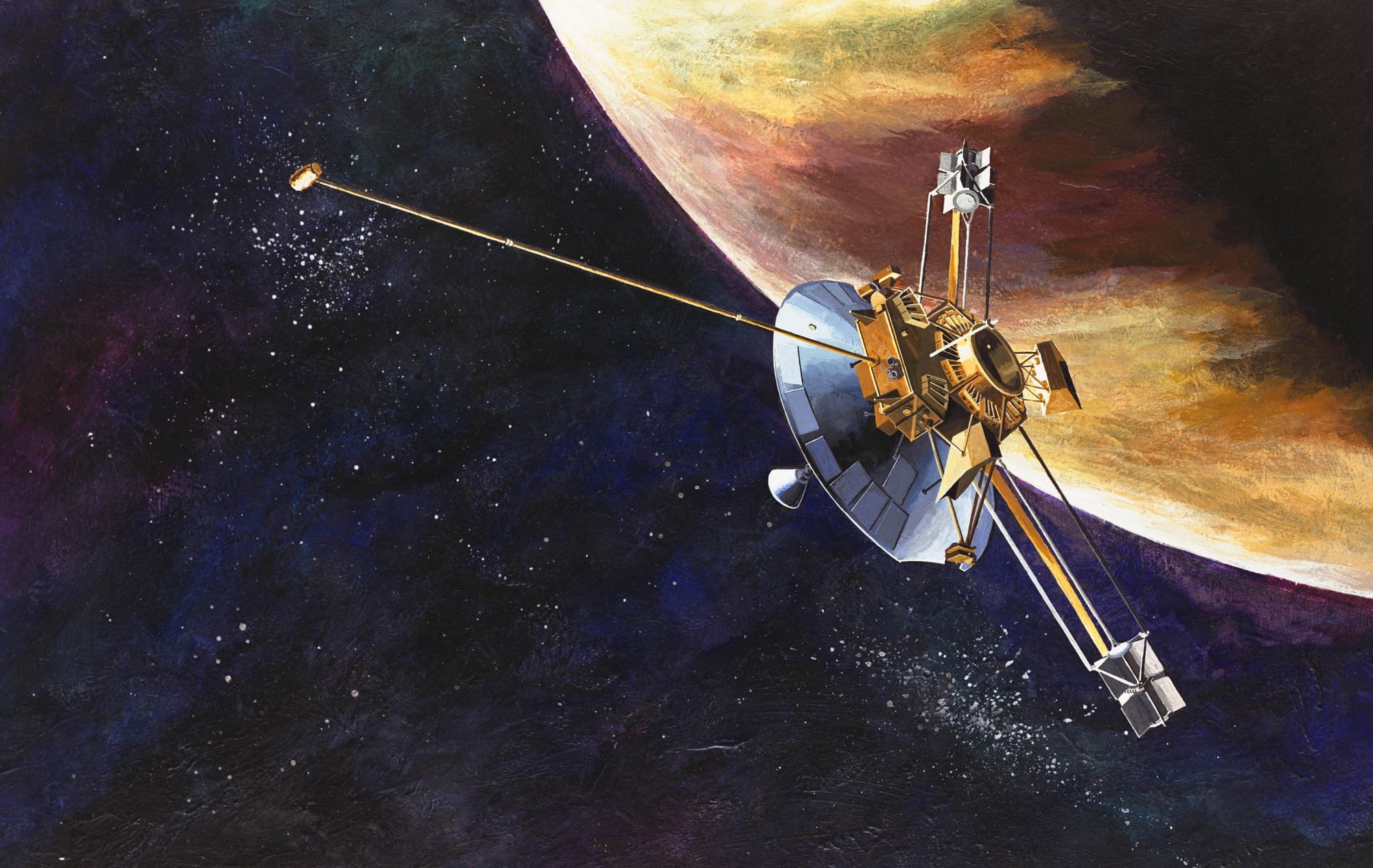
The mission of JUICE is to make multiple flybys of three of Jupiter’s big moons, Europa, Ganymede and Callisto, all of which are known to be covered by enormous sheets of ice beneath which it is thought there could be oceans of liquid water. Water that could be the habitat of living creatures.
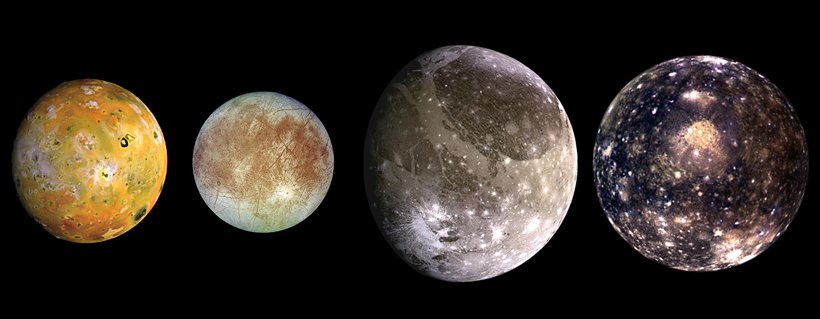
To carry out its mission JUICE carries 10 instruments including a Laser altimeter for making a 3D maps of the surfaces of the moons and an ice penetrating radar to discover if there really are oceans beneath those icy surfaces. And as the space probe travels back and forth between Jupiter’s moons it will use magnetometers and radiation detectors to study the complex magnet fields generated by the largest planet in the solar system and how that field effects, and is effected by its moons. Power for all these instruments is provided by a huge 100 square meter solar panel. Such a large array is needed because Jupiter is so far from the Sun that the sunlight out there only 1/25th as powerful as it is here on Earth.

After a period of three and a half years studying the three moons JUICE will enter into orbit around Ganymede, the largest moon in the solar system, for further study. Eventually the spacecraft’s orbit will decay and JUICE will crash onto the surface of Ganymede.

As it carries out it’s mission of discovery JUICE will not be alone. Scheduled for launch in October of 2024 NASA’s Europa Clipper spacecraft will actually reach its target of the moon Europa a month or two before JUICE arrives at Jupiter. Since the Europa Clipper is still undergoing its final testing and isn’t scheduled for launch until late next year I’ll hold off on a lengthily description of that space probe.
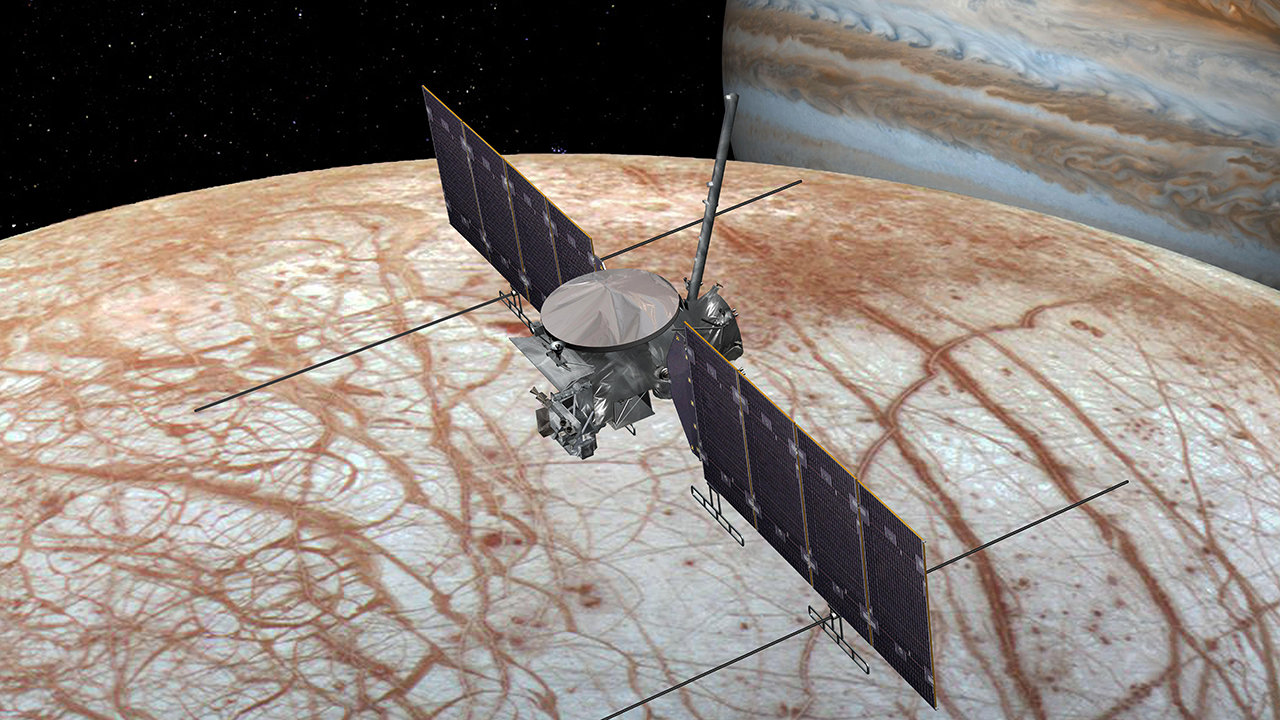
What I will do however is take a few minutes to discuss why both the ESA and NASA are so interested in Jupiter’s icy moons and it all has to do with the search for liquid water elsewhere in the solar system. You see, here on Earth wherever you can find liquid water there you will find life and perhaps the simplest definition for life is complex chemicals dissolved in packets of water. The space agencies therefore feel that their best chance for finding life elsewhere in our solar system is to find liquid water.
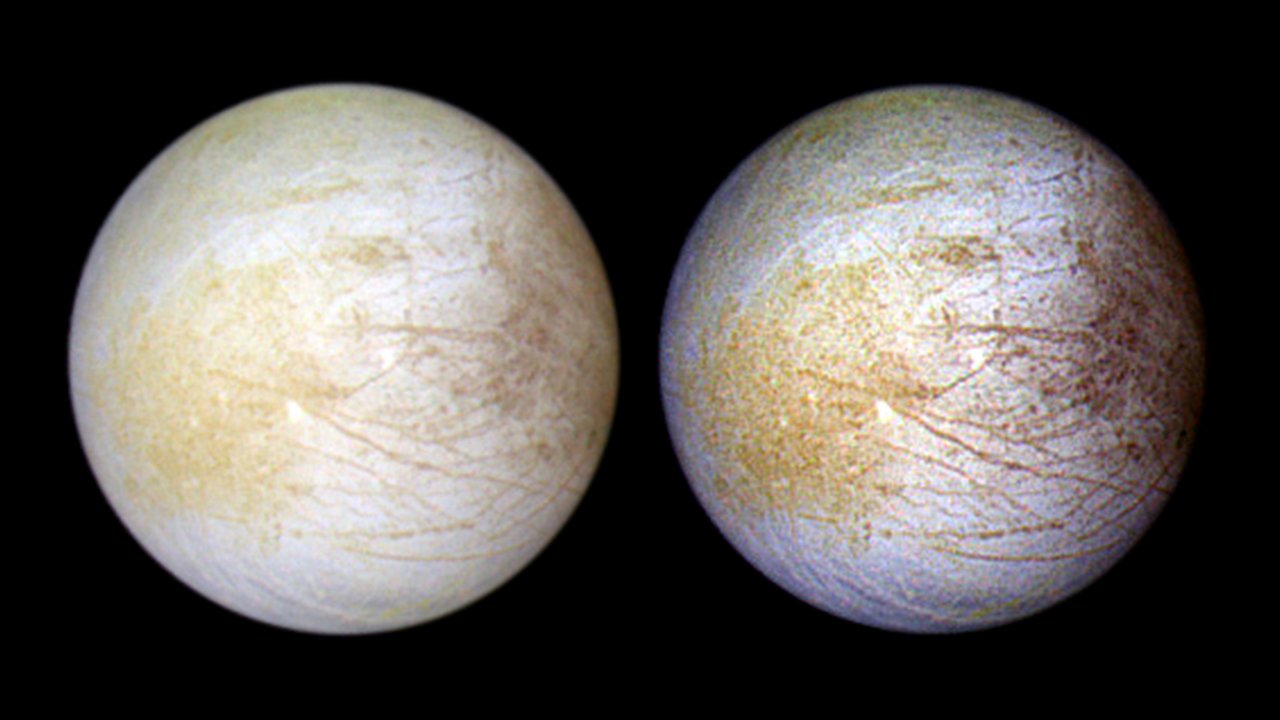
Now Jupiter’s icy moons certainly have water in the form of ice, we can see that in pictures taken as far back as the Voyager probes. At that distance from the Sun however the question is, where’s the heat coming from that’s needed to create the theorized oceans beneath the ice.
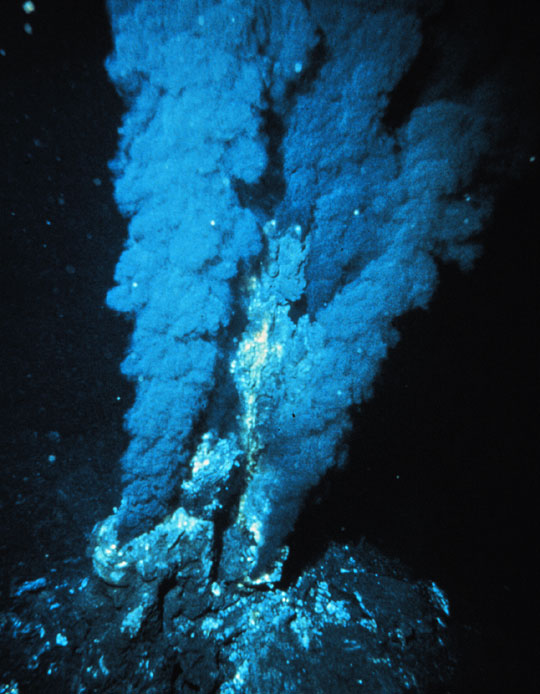
The answer lies in the tidal forces generated by massive Jupiter and it’s four big moons. As each moon orbits around Jupiter it’s pulled and squeezed not only by Jupiter’s strong gravity but by the three other moons as well. That pulling and squeezing causes friction deep inside each moon and fiction generates heat, lots of it.
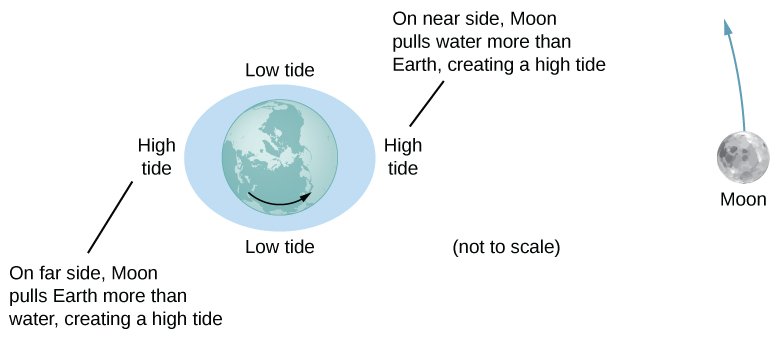
We know that is true from our observations of Jupiter’s innermost moon Io, which is the most volcanically active body in the solar system. The heat generated by tidal forces inside Io must be tremendous and so we estimate that the heat inside Europa and maybe Ganymede should be enough to have melted some of their ice, producing oceans that could easily contain more water than all the oceans here on Earth. And once again, where there’s water, there’s a good chance for life.
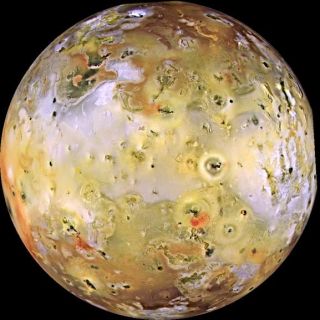
We now know that Mars once had oceans, and if JUICE and Europa Clipper do find oceans on Jupiter’s moons how long will it be before we do finally find life out there?
